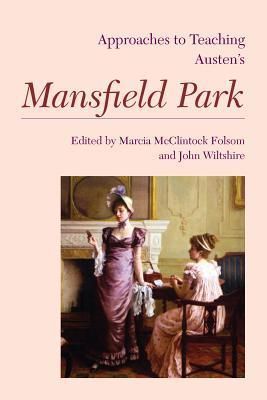
Approaches to Teaching Austen's Mansfield Park
There were no reviews of Mansfield Park when it first appeared in 1814. Austen's reputation grew in the Victorian period, but it was only in the twentieth century that formal and sustained criticism began of this work, which addresses the controversies of its time more than Austen's earlier novels did. Lionel Trilling praised Mansfield Park for exploring the difficult moral life of modernity; Edward Said brought postcolonial theory to the study of the novel; and twenty-first-century critics scrutinize these and other approaches to build on and go beyond them. This volume is the third in the MLA Approaches series to deal with Austen's work (Pride and Prejudice and Emma were the subject of the first and second volumes on Austen, respectively). It provides information about editions, film adaptations, and digital resources, and then nineteen essays discuss various aspects of Mansfield Park, including the slave trade, the theme of reading, elements of tragedy, gift theory, landscape design, moral improvement in the spirit of Samuel Johnson and of the Reformation, sibling relations, card playing, and interpretations of Fanny Price, the heroine, not as passive but as having some control.